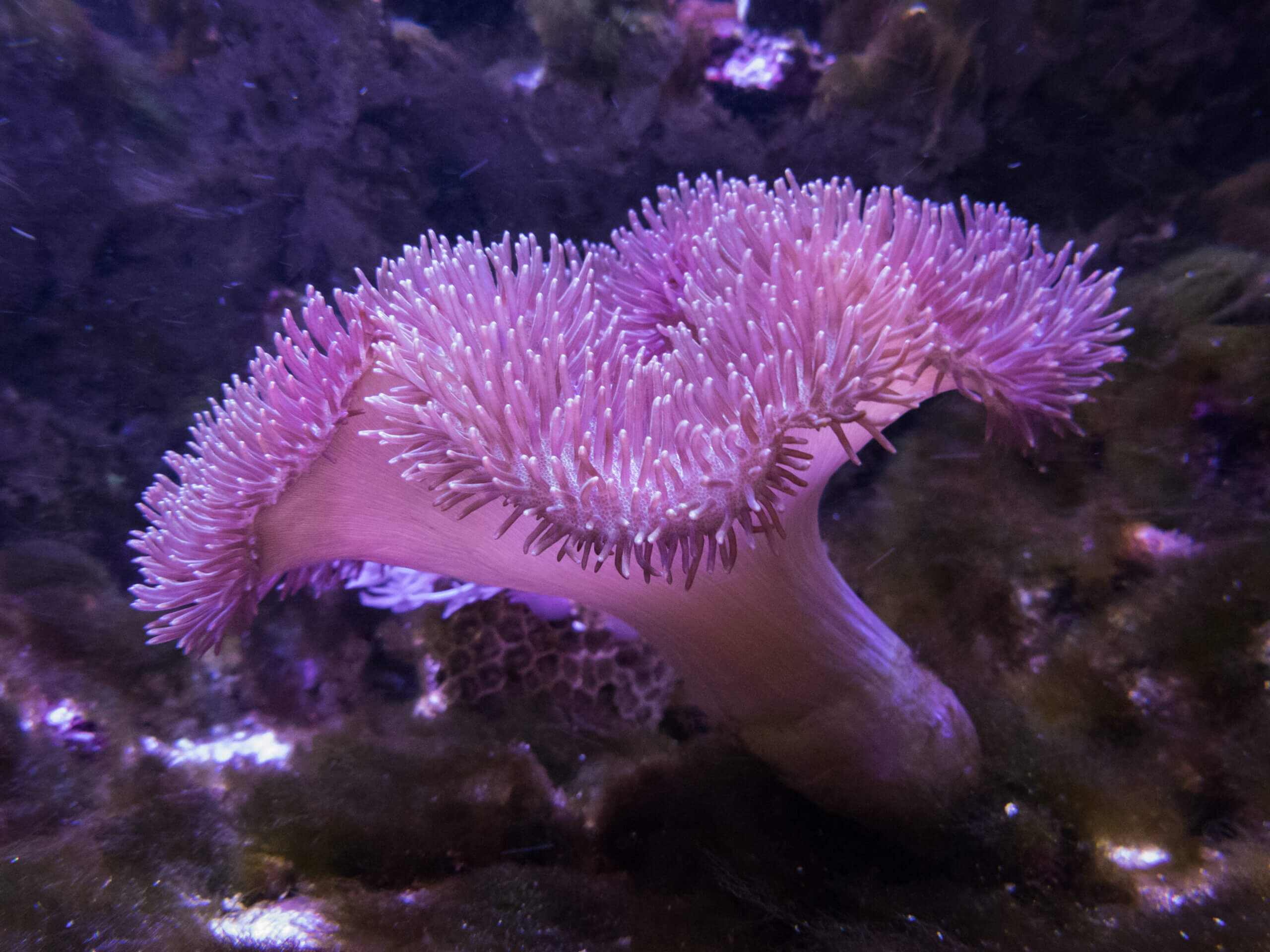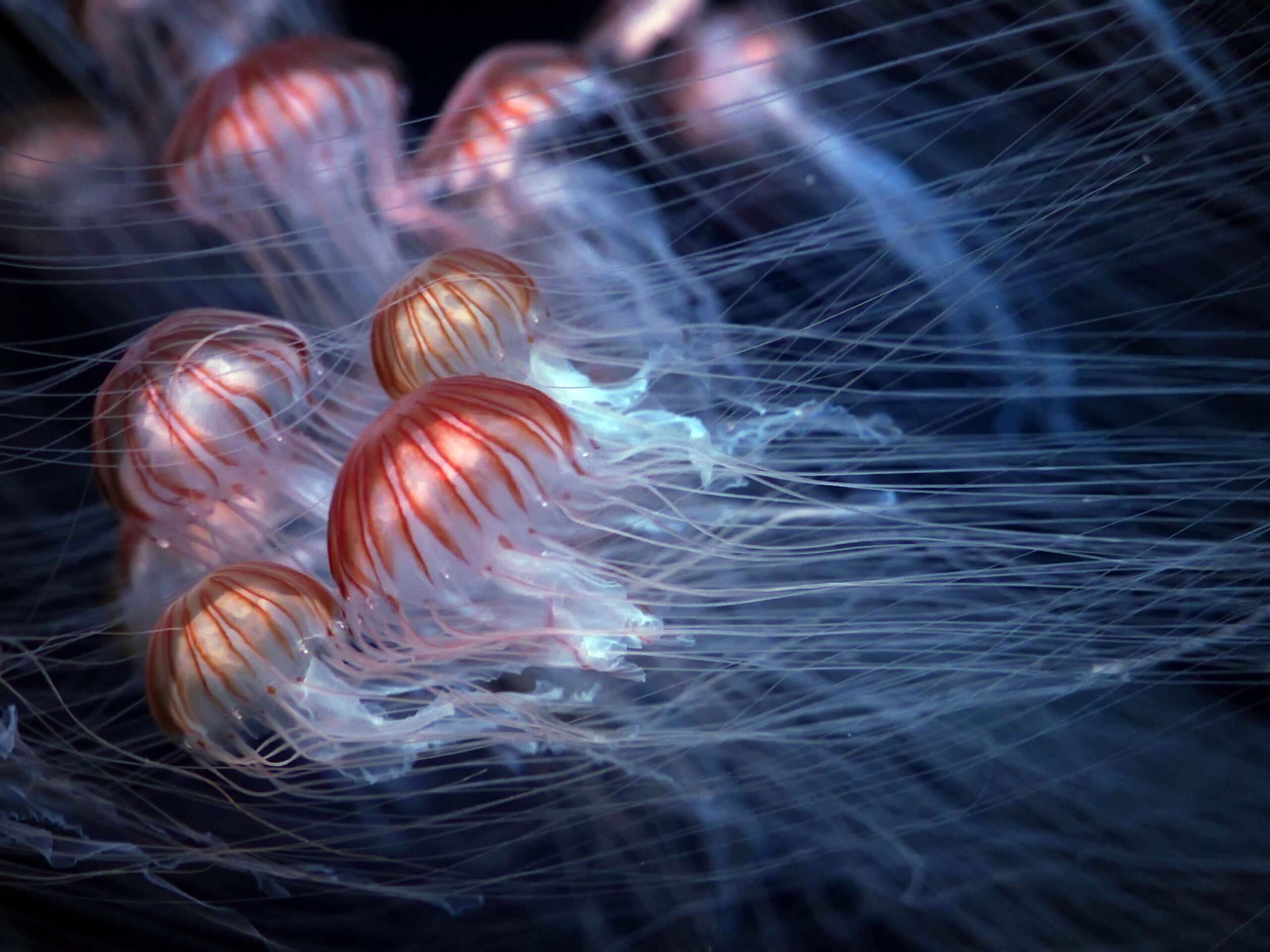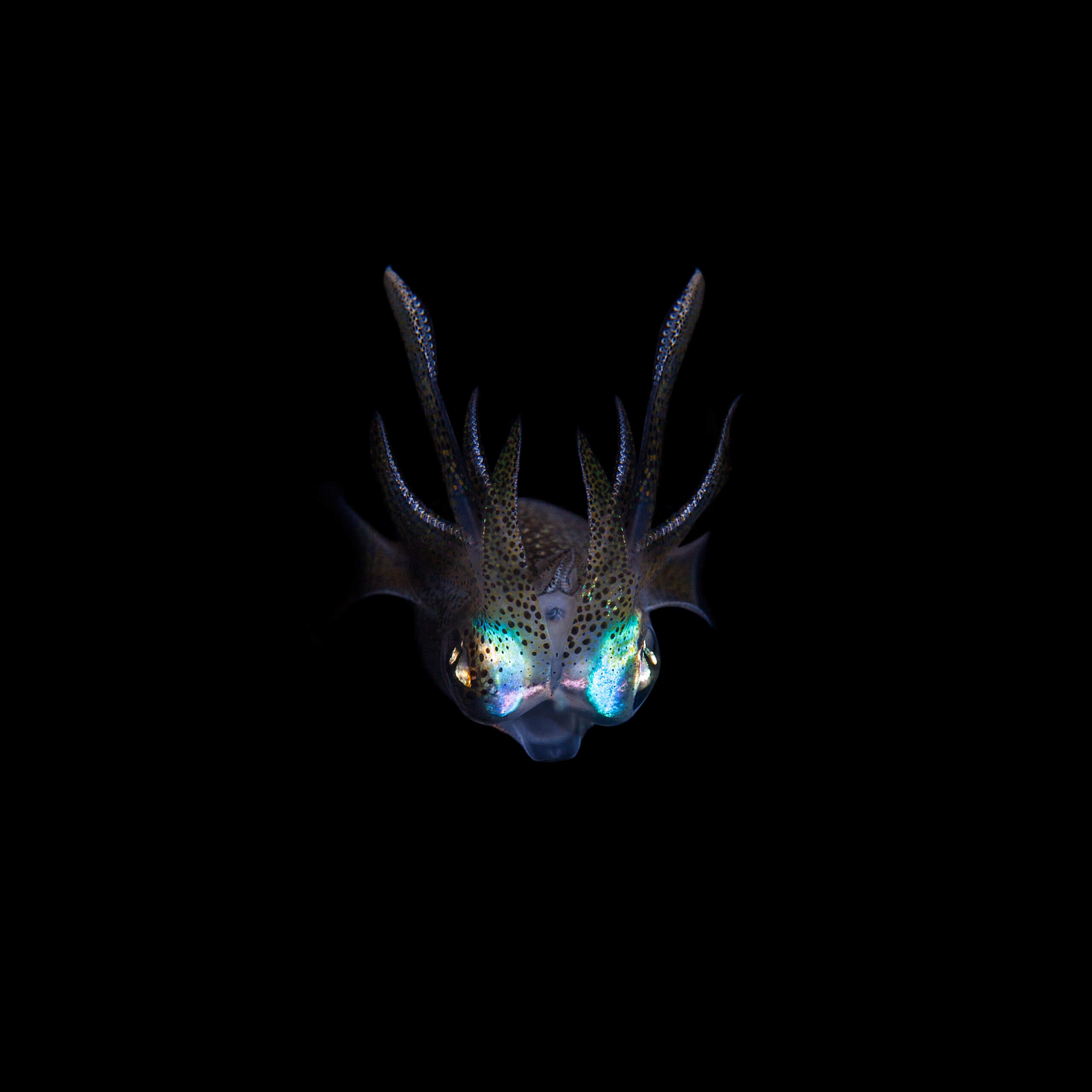DEEP-SEA MINING
A world of natural wonders
in danger
The deep-sea accounts for 95% of the volume of the ocean. It is the largest biosphere on the planet – and home to an immeasurable number of fascinating species. What the world looks like at extreme depths of up to 11,000 metres is literally in the dark for us. We even know more about the surface of the moon than we do about the ocean floors!
This mysterious habitat is under threat: pollution, overfishing and climate change are already causing massive damage to the deep-sea. Now another danger is looming in the form of deep-sea mining. Since humans are consuming more and more raw materials due to increasing technological advances, the mineral resources of the deep-sea are coming increasingly under scrutiny. Mining for precious minerals in the deep sea can have devastating consequences.
The United Nations has declared the international seabed the «Common Heritage of Mankind». OceanCare aims to protect this precious habitat.
How we protect the deep-sea

Preventing overexploitation
Extracting raw materials from the deep-sea is risky. It can destroy large parts of the seabed. A moratorium is aimed at putting a stop to overexploitation.

Prevent ocean noise pollution
Deep-sea mining generates ocean noise from the seabed to the water´s surface. International regulation is urgently required to curb underwater noise.

Raising awareness
OceanCare documents the dangers of deep-sea mining and warns decision-makers who have it in their power to stop exploitation.
stories on deep-sea mining
10 facts on deep-sea mining
JOIN US IN SUPPORTING MARINE CONSERVATION
With your donation
Every amount is of value and will help to protect the ocean and its inhabitants both today and in the future.
With your interest
Take a dive into the underwater world: In the e-newsletter you can find out what OceanCare is doing for marine life on an ongoing basis.
